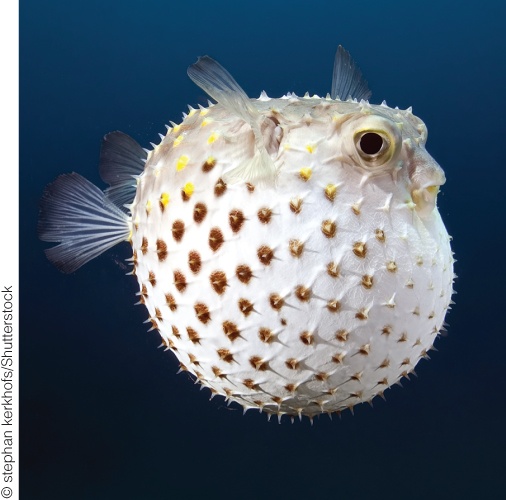CHAPTER 7 Innovation Networks

Dining out in the days of living in caves was not quite the simple matter it has become today. For a start, there was a minor difficulty of finding and gathering the roots and berries – or, being more adventurous, hunting and (hopefully) catching your mammoth. And raw meat isn't necessarily an appetizing or digestible dish so cooking it helps – but for that you need fire and for that you need wood, not to mention cooking pots and utensils. If any single individual tried to accomplish all of these tasks alone, they would quickly die of exhaustion, never mind starvation! We could elaborate but the point is clear – like almost all human activity, it is dependent on others. But it's not simply about spreading the workload – for most of our contemporary activities the key is shared creativity – solving problems together, and exploiting the fact that different people have different skills and experiences which they can bring to the party.
It's easy to think of innovation as a solo act – the lone genius, slaving away in his or her garret or lying, Archimedes‐like, in the bath before that moment of inspiration when they run through the streets proclaiming their “Eureka!” moment. But although that's a common image, it lies a long way from the reality. In reality, taking any good idea forward relies on all sorts of inputs from different people and ...
Get Managing Innovation, 6th Edition now with the O’Reilly learning platform.
O’Reilly members experience books, live events, courses curated by job role, and more from O’Reilly and nearly 200 top publishers.

